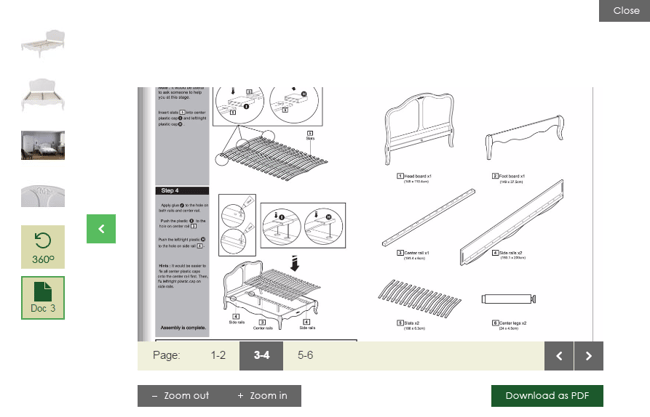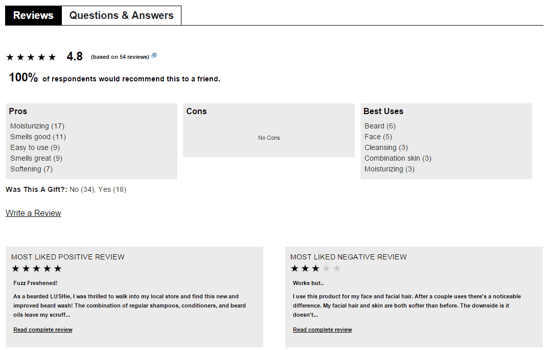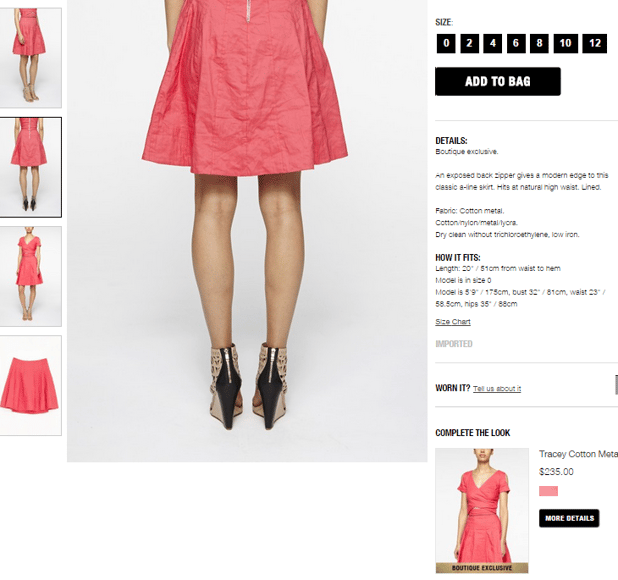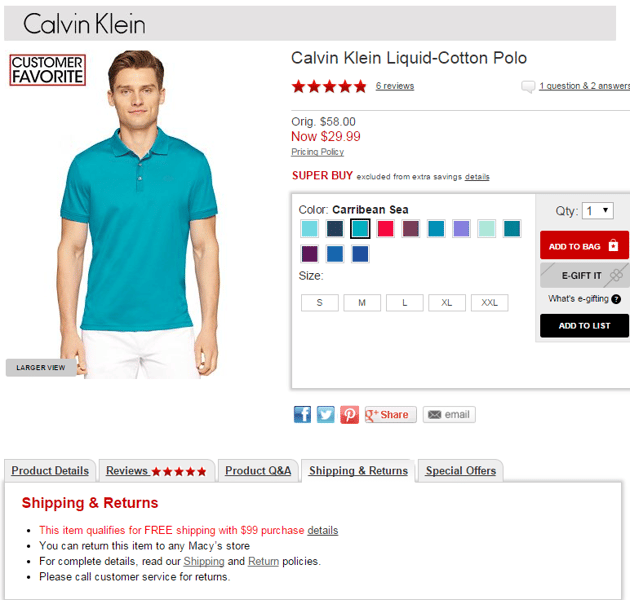4 Essential Product Page Features

The most important part of an ecommerce site is the product page because this is the place where the majority of consumers make their purchasing decisions.
This is why online retailers must pay special attention to the design, layout and functionality of this page. After all, a product page is essentially a retailer's digital salesman, and sometimes customers need a virtual push when making their purchasing decisions.
Read below to discover four essential features that no product page should be without.
1. Good Visuals
Since consumers can't touch or try on items featured on product pages, it is up to retailers to show off their inventory with high-quality visual content like images and videos. In addition to high-quality visual content, retailers are wise to offer functionalities like zoom and rotate so consumers can see all angles of a product and feel more confident in their purchasing decisions.
What's more, retailers can also offer product documentation in their image section. Take Homebase as an example. The online retailer not only offers multiple product images that include zoom and rotating tools, but it also includes product documentation that enables consumers to take a closer look at the assembly of the product (see image), care and maintenance information. To include this documentation on the product page, Homebase leverages CoreMedia LiveContext, which is a digital engagement application that helps retailers create blended commerce experiences and enables users to augment product detail pages with rich media.

2. Readable Reviews
User-generated content (UGC) like consumer reviews are very influential, with recent data finding that 95 percent of consumers consult reviews before making a purchase. Furthermore, 82 percent of consumers actually seek out negative reviews to validate the authenticity of a product's overall reviews and the trustworthiness of the site they are shopping on.
Fortunately, there are many technology providers available that retailers can leverage to feature product reviews on their websites, such as Power Reviews and Bazzaarvoice. That said, there are two main challenges when it comes to featuring reviews on product pages: acquiring reviews and displaying them in an easy-to-read format. To combat the first challenge, retailers can motivate customers to contribute to reviews with incentives (discover three additional ways to acquire more product reviews by clicking here). When it comes to displaying reviews in an easy-to-read format, however, retailers must know what they want and work with their technology providers to achieve that goal.
Cosmetics retailer Lush, for instance, leverages Power Reviews to highlight the pros and cons of each product in a summary section at the top of its product page reviews (see image). The retailer also allows other customers to tag reviews as helpful or unhelpful and then features the most positive and negative review prominently in its summary section. In doing so, Lush makes it simple and quick for consumers to learn the positives and negatives of each product.

3. Powerful Recommendations
Brick-and-mortar retailers have the ability to train their staff to be more personable and upsell customers, while online retailers must rely simply on technology. Luckily, product recommendation technology can be very effective when it comes to upselling.
Take apparel retailer Nicole Miller as an example. In addition to a "May We Suggest" section at the bottom of the product page that features suggested products, the retailer offers recommendations in a "Complete the Look" section right next to the page's main product images (see image). This section offers suggestions based on the product currently being looked at, which can be very helpful to consumers looking to purchase a complete outfit as well as helpful to retailers looking to boost their bottom line.
Online retailers have a variety of options when it comes to product recommendation solution providers, so it is always a good idea to do some research before committing to a technology. That said, retailers should look for a technology provider that is flexible and allows them to deliver personalized recommendations. Monetate, for instance, offers a merchandising solution that enables retailers to add their own business rules and tailor suggestions based on past purchases and behaviors. Moreover, retailers can create dynamic filters that can be used to prioritize inventory based on things like top sellers, new arrivals and more.

4. Readily Available Shipping/Return Info
No one wants to lose a sale at the last minute, but this is likely a common scenario for online retailers that don't offer shipping/return information on product pages. Keep in mind that consumers need to be confident in their purchasing decisions - especially when buying online. If details like shipping and return policies are not readily available, retailers are much more likely to lose the conversion.
Macy's, for instance, provides easily accessible shipping and return information on every product page (see image). Users simply need to select the "Shipping & Returns" filter in order to get detailed information, including information about free shipping and where the item can be returned.








